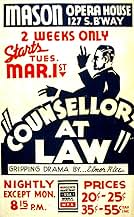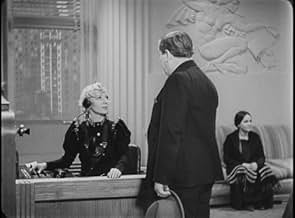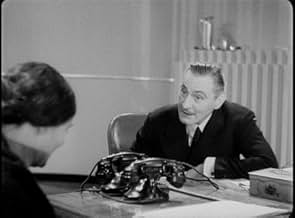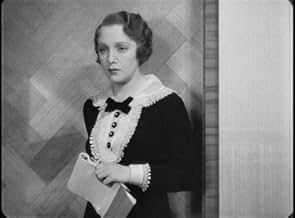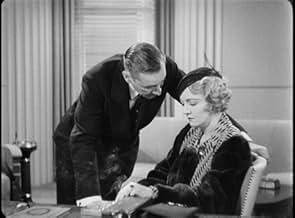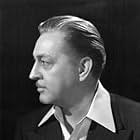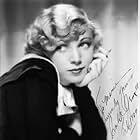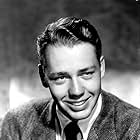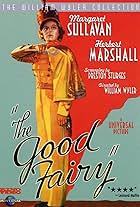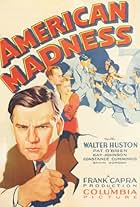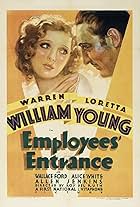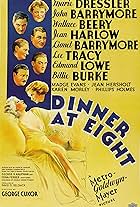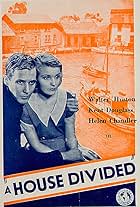IMDb RATING
7.5/10
1.6K
YOUR RATING
A successful attorney has his Jewish heritage and poverty-stricken background brought home to him when he learns that his wife has been unfaithful.A successful attorney has his Jewish heritage and poverty-stricken background brought home to him when he learns that his wife has been unfaithful.A successful attorney has his Jewish heritage and poverty-stricken background brought home to him when he learns that his wife has been unfaithful.
John Hammond Dailey
- Charlie McFadden
- (as J.Hammond Dailey)
Robert Gordon
- Henry Susskind
- (as Bobby Gordon)
T.H. Manning
- Pete Malone
- (as T. H.Manning)
Storyline
Did you know
- TriviaAlthough this film is frank about some matters, the Production Code of the Hays Office - i.e., censorship - was still in effect. In one 16mm print there is a curious moment of dead air at the end of Lillian Larue's parting speech to George Simon. She says (approximately), "Well, for God's sake, what do they expect for ten thousand dollars?" John Barrymore keeps looking at Larue (Thelma Todd) as if she is still speaking, and she must be, but there is no sound. Her last words in the text of the play are, "A virgin?"
- GoofsAt 44:10 into the film actress Angela Jacobs who plays the frumpy secretary Goldie Rindskopf is seen walking towards the cameras in the hallway in front of the elevators. She is wearing a black dress with scattered white dots. Much comedy relief is made of men watching her walk away with the spots accenting her motions. However, when the camera angles switches at 44:15 and this time when she is walking away from the camera she is wearing a different dress that is made up of mostly white flowers with very little black seen between the much busier pattern.
- Quotes
Bessie Green: [answering a call] I thought you were dead and buried. Well sure I missed you, like Booth missed Lincoln. What do you think I've been doing, sitting around the house embroidering doilies?
- Crazy creditsThe opening credits cast list has the heading "The Players" preceding a list solely of the actors' names. "A Good Cast Is Worth Repeating... The Players" is the heading of end credits, which solely lists the same actors' names in the same order as the opening credits.
- ConnectionsFeatured in American Masters: Directed by William Wyler (1986)
Featured review
What a surprise this film was: the boring title hardly leads you to expect much. Barrymore really shows his chops as a pure actor, someone who can bring off a character through expression, gesture, posture, accent, tone of voice, body language, mannerisms, &c. This is an adaptation of a play about an self-made Jewish lawyer in New York. It's hard to believe that Barrymore was, in life, more like his character's wife than the lawyer he plays here. He brings off the self-made man's insecurities in every detail, from his macho way of walking to his fidgety hands and overloud way of talking and laughing. He even drops some of his g's, and I love the way he says "Yeah" (Oscar Jaffe would blanch). The script is full of telling details. Notice how the lawyer offers a guest a choice of cigar or cigarette from an expensive box, and then forgets to offer him a light. Because Wyler is at the controls, these nuances aren't hammered at the audience either.
Many film scholars have claimed that Wyler, maybe because he avoided catfights with his studio bosses, was no "auteur". Wyler never puffed himself up, either, in the way someone like Welles did. Yet the style is already visible here, long before Deep Focus, in the simultaneous double and triple reaction shots, the multiple planes of action, the underplaying and long takes, the natural dialogue, the strong performances from the bit players-- and most of all in the realistic, accurate, detailed design. This is basically a B movie. It's all shot on one basic set, in fact. But what a set! Get all that Art Deco glass and the Socialist-Realist reliefs.
Those who don't think Wyler had a style should check out "Carrie" (1952), separated from this film by almost 20 years and starring this other guy by the name of Olivier-- who always credited Wyler for teaching him how to act in films. Barrymore maybe got a few pointers for his performance here, too. All in all this is a great way to film a play, and a nice Depression period piece too.
Many film scholars have claimed that Wyler, maybe because he avoided catfights with his studio bosses, was no "auteur". Wyler never puffed himself up, either, in the way someone like Welles did. Yet the style is already visible here, long before Deep Focus, in the simultaneous double and triple reaction shots, the multiple planes of action, the underplaying and long takes, the natural dialogue, the strong performances from the bit players-- and most of all in the realistic, accurate, detailed design. This is basically a B movie. It's all shot on one basic set, in fact. But what a set! Get all that Art Deco glass and the Socialist-Realist reliefs.
Those who don't think Wyler had a style should check out "Carrie" (1952), separated from this film by almost 20 years and starring this other guy by the name of Olivier-- who always credited Wyler for teaching him how to act in films. Barrymore maybe got a few pointers for his performance here, too. All in all this is a great way to film a play, and a nice Depression period piece too.
- How long is Counsellor at Law?Powered by Alexa
Details
- Release date
- Country of origin
- Languages
- Also known as
- Der Staranwalt von Manhattan
- Filming locations
- Production company
- See more company credits at IMDbPro
- Runtime1 hour 22 minutes
- Color
- Aspect ratio
- 1.37 : 1
Contribute to this page
Suggest an edit or add missing content


